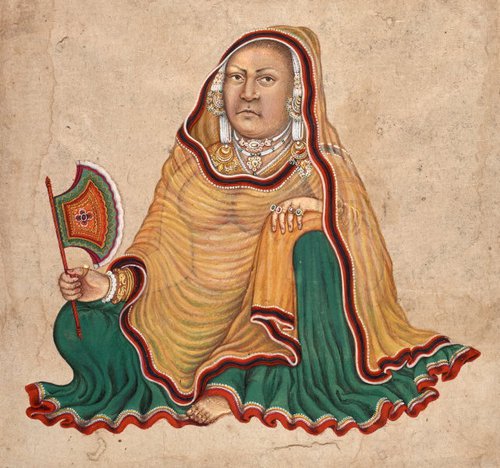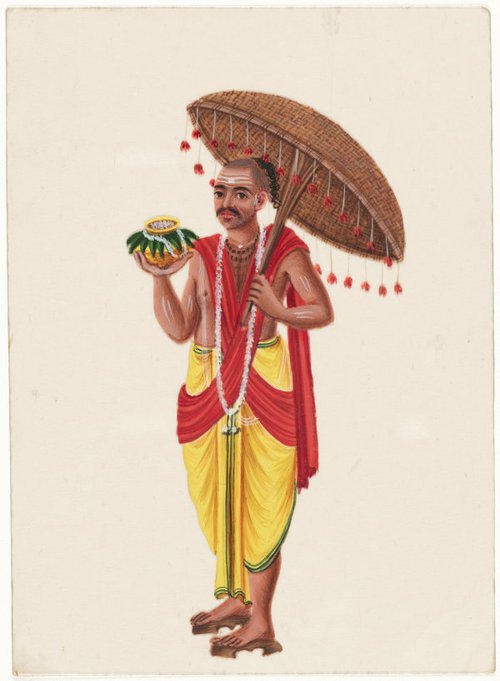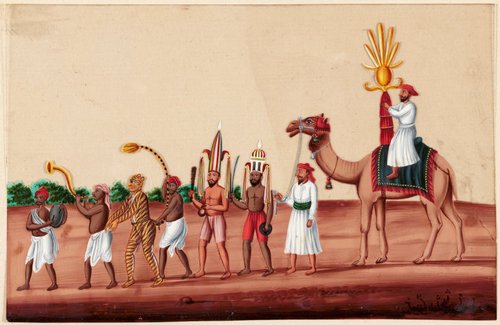Title
Jami Masjid
early 19th century
Artist
Company style
late 18th century – late 19th century
-
Details
- Place where the work was made
-
Kutch
→
Gujarat
→
India
- Date
- early 19th century
- Media category
- Painting
- Materials used
- watercolour on paper
- Dimensions
- 28.5 x 41.0 cm sheet
- Credit
- Gift of Dr Jim Masselos 2022
- Location
- Not on display
- Accession number
- 294.2022
- Artist information
-
Company style
Works in the collection
- Share
-
-
About
The so-called ‘Company School’ emerged in the latter part of the 18th century when the British overthrew both the Mughal and the Rajput rulers of India. Indian artists, who had previously painted for Mughal and Rajput patrons, instead began painting for the English residents of India, many of whom were employed with the British East India Company. Pictures painted for the British by Indian artists to suit the taste of the new clients came to be known as ‘Company Painting’. Company school artists mostly recorded the occupations and customs of local populations but were also commissioned to document architectural sites and undertake works of scientific investigation including studies of botanical specimens and local fauna.
Several distinct styles and sub-schools of Company painting developed throughout India as well as regions beyond, such as Sri Lanka and Burma. The distinct style that developed in Kutch has been identified as a synthesis of vernacular court painting and the appropriation of subjects and compositional conventions from European prints introduced by British officers in the later half of the 18th century. Due to their popularity, the European prints were widely circulated and known locally as Perspective Views because they were characterised by single point perspective as applied to buildings and landscapes.
The Jami Masjid dates to the 15th century and is recognised as one of the finest mosques in West India.



